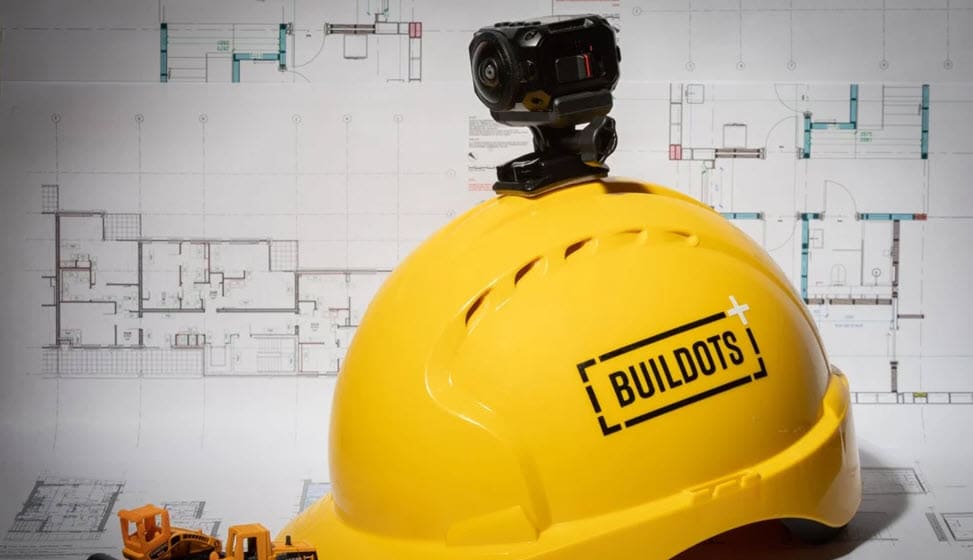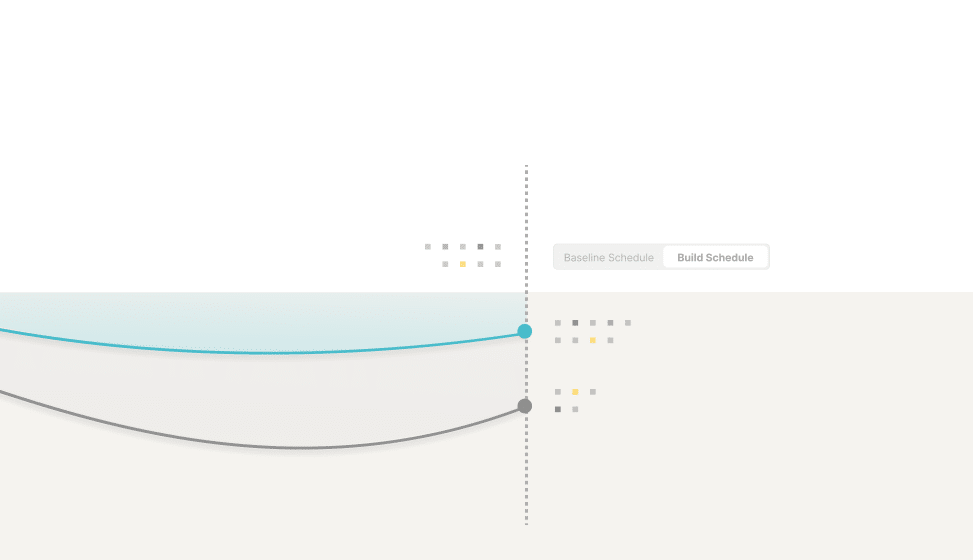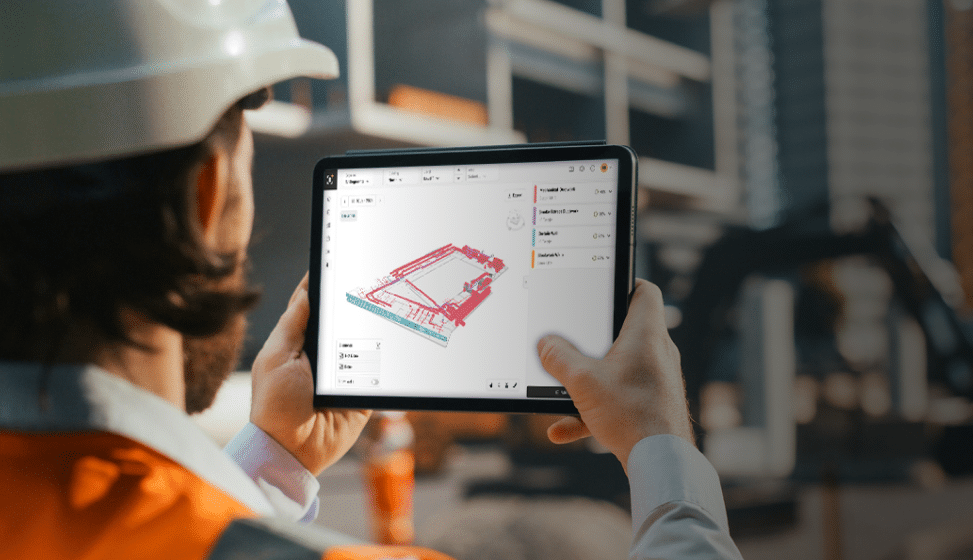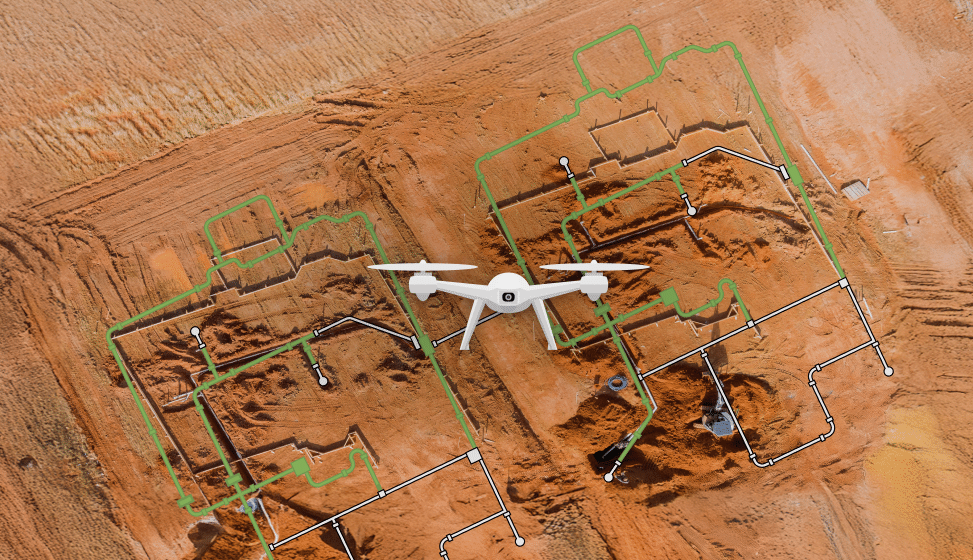Measure Work, Not Labour Construction Progress Tracking

There are already many methods relating to construction progress tracking, particularly in terms of labour and workforce.
Construction sites use timesheets and sign in and out books, or various automated variations of this system to record the time labour spends on-site each day, each week, each month for the duration of the construction project.
When discussing Buildots with clients, we often hear the question “but, can you also use your AI to track our labour?”.
On the first few occasions, we immediately said: “no, we can’t/don’t do that”. The reason is not a technological barrier, but more of an understanding that we don’t want Buildots to be the “bad cop” on site. A carpenter should be feeling comfortable taking a 5 minutes coffee break occasionally, without worrying about being monitored.
But after this question kept being asked, we started wondering why is this such a big deal?
Traditionally, without digital process control systems such as Buildots, the main contractor’s way for estimating throughput is by the number of workers on site. It is quite common to hear a contractor demanding from the trade to show up tomorrow with no less than 13 tradespeople.
But why would the main contractor care about the number of people showing up? One worker is not the same as the other one, and eventually we are looking to get work done and not maximising attendees to our construction party.
After digging a bit into this question, we realised two root causes:
- That is the only way they currently have to measure throughput and the health of the relationship with the trade.
- The labour to throughput ratio is a key indicator for process efficiency. If a project is reaching 80% of the industry-average carpentry progress per employee, there might be an underlying issue that could be addressed.
Fortunately, AI has changed the case for point #1. Recent developments in the fields of AI and computer vision now make it possible to track progress, throughput, and adherence to design directly and objectively. There is no more need to use the number of mechanics to assess the pace; it is feasible to measure it directly.
And as for point #2, that is a crucial point we have learned, and by integrating Buildots progress data to the site’s biometric access control, we can calculate those metrics accurately allowing constant monitoring of projects efficiency levels.
Besides having a limited ability to predict progress, there are considerable downsides to tracking your labour’s position throughout the day:
- Privacy matters have been the centre of discussions for modern human rights in the past couple of years, and regulations such as the GDPR and other privacy laws have made it quite complicated to manage the personal data while maintaining subject rights. The most important guideline in the privacy regulations is only to keep the minimal amount of personal data you need, and trust us – you don’t really need to monitor toilet breaks of your employees.
- If you are collecting this data, it means you are monitoring it, and putting it at the centre of your conversation with your trades. Measuring any process with the wrong metrics is the right way to make people optimise the wrong things. The trade could double the number of employees next week, but it might only increase the throughput by 50%. So, he or she has done what you asked him to, now what?
- Relationships are critical in delivering successful projects, in any industry. Working collaboratively together means there is some level of trust between involved parties, where each party trusts the other one to stand to its responsibilities. By starting to nano-manage your labour, you are basically offloading the responsibility from the trade team lead back to the main contractor. Unless you are prepared to take on this responsibility, it is easy for things to go south from there.
We have built the Buildots system to efficiently track project progress, in close to real-time, and in the most precise & objective way. Having that single-source-of-truth for your project means you can measure percentage-complete, throughput and other metrics per trade or area, without violating your labour’s privacy. Putting the mentioned metrics in the centre of the conversation increases everyone’s focus toward the project targets.


